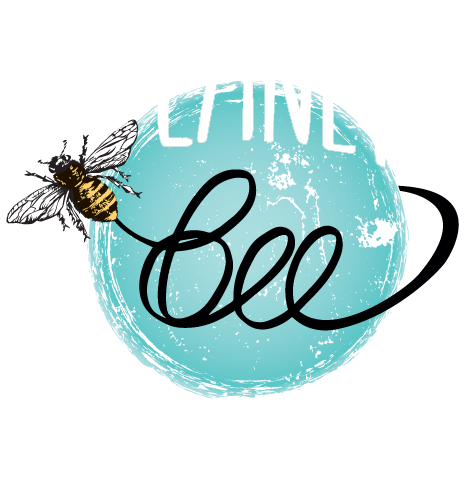
Backyard Beekeeping

The beekeeper has a few vital items in their arsenal - here's the essential list.
Hive tool - A metal object shaped like a crowbar used to pry propolis-sealed boxes and box lids apart.
Smoker - Normally used to subdue the bees when opening a hive -- this kind of smoking is bee-friendly and does not hurt bees.
Bee Suit and Gloves - The beginning beekeeper should wear a full suit to be safe. Suits are made of heavy-duty material to prevent stings.
Veil - Protect your face! The veil is vital, and its specially designed mesh allows you to see what you're doing. This helps protect you and your new winged companions.
A Hive - Your bees will need a home, and there are many types to choose from. We recommend a Langstroth Hive. Made of wood, this timeless design is a favorite in North America.
Bees - Pre-order them around January for spring delivery. We recommend Carniolan Bees. They're known for their excellent gathering zeal. Carniolan Bees overwinter well, so they take advantage of early nectar flow, producing honey early in the season. Carniolans are exceptionally gentle and easier to work with than other, more aggressive breeds. This is important because you may wish to raise your honeybees close to neighbors.
You are fully equipped! Now what?
The beekeeper's year is very seasonal. We've listed some of the essential duties required of the beekeeper by season.
SPRING
Populate your hive now! You can catch a swarm, purchase a 3 lb package of bees, or split an existing hive.
Inspect your bees for health -- Is the queen present and laying eggs? Are there parasites or disease present?
Keep an eye on your bees over the season to ensure they have an adequate pollen collection and are thriving.
We recommend using natural treatments to control mites and diseases. You can use products like Hopguard II -- a natural mite repellent derived from hop oil -- if you notice any signs of mites.
Split your hive if it gets overpopulated! It will swarm if you don’t catch it in time. (Splitting a hive means taking half the bees and putting them in a new hive. They will also need a new queen).
SUMMER
Depending on the productivity of your hive, you may need to add extra honey frames (supers) to the top of your hive.
You may be able to harvest honey, depending on your hive's productivity*.
If the temperature of your hive grows too warm, you will need to add an extra brood box to prevent overheating.
Remember to split your hive if it gets too crowded!
FALL
Check your queen to ensure that she is healthy and laying eggs.
Check your bees to ensure no diseases or parasites are within the hive.
Check your hive's honey stores: you can harvest if they have a surplus!* If not, or the honey stores look low, you must supplement their food supply with sugar water and pollen patties.
WINTER
If you are in an area that experiences harsh winters, consider covering your hive with something to keep the chill off -- bees do not leave the hive if the temperature outside is less than 50 degrees Fahrenheit, so you don't need to worry about trapping them inside the cover. Just ensure it's breathable and has an adequate food supply all winter.
Wait it out! Bees only forage when the weather is nice, so winter is the beekeeper's vacation time.
*Be patient. A new hive might not produce enough honey to harvest the first year.
Are you interested in planting a bee-friendly garden? We have info on that!


